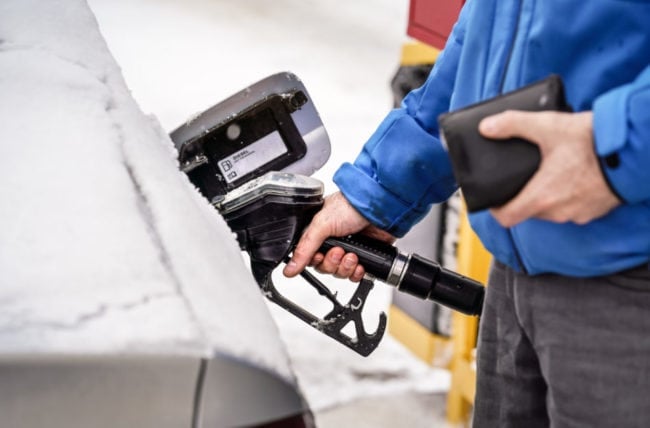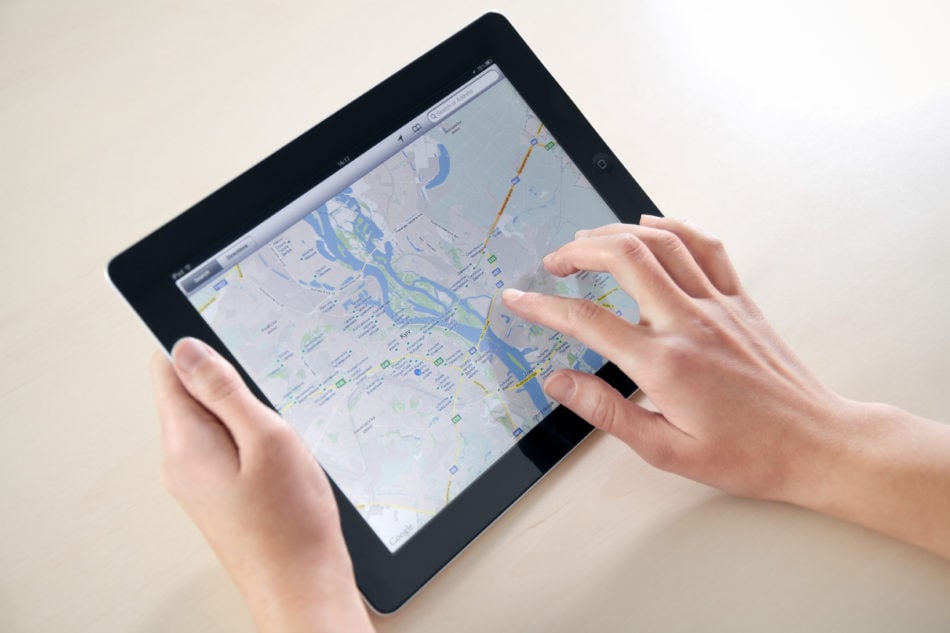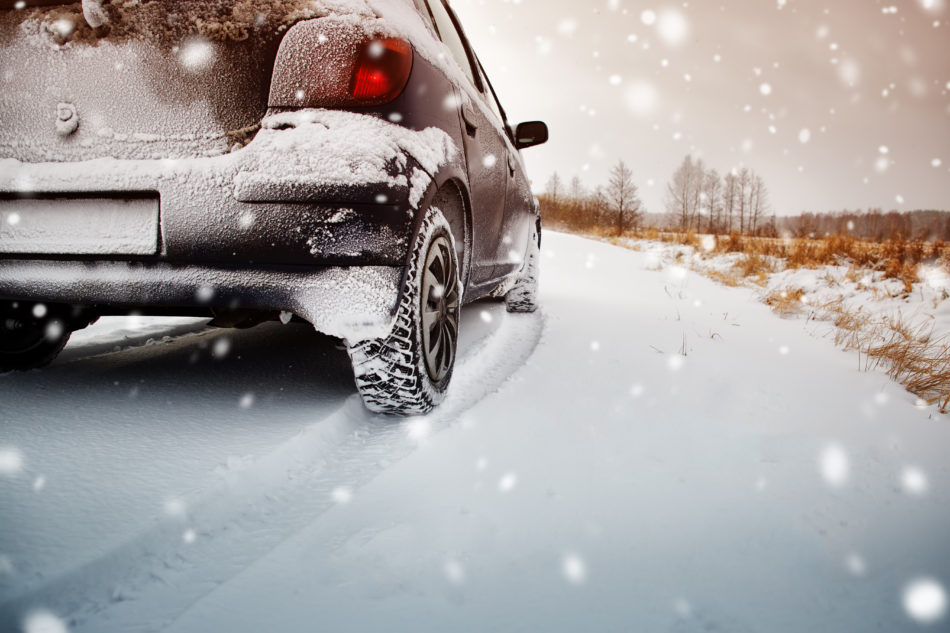How To Save Money On Gas This Winter

Did you know that as temperatures drop, your vehicle’s fuel consumption increases? A decrease in temperature from 75 to 44 degrees can lead to a 12 to 28 percent rise in fuel usage. Cold air is denser, causing increased drag on your car. Additionally, wind speed tends to be higher in the winter, further boosting aerodynamic resistance and fuel consumption. While we can’t control fuel prices or the weather, following these tips may help you save on gas this winter. Read on.
1) Don’t warm-up your engine.
Cars today are designed for immediate use, eliminating the need to warm up the engine. After idling for about 30 seconds, you can gently drive away. This method actually warms up the engine faster, allowing your car to heat up more quickly while reducing fuel consumption and emissions. To stay warm, bundle up before entering the vehicle. For children in car seats who cannot wear bulky winter coats, consider placing blankets over them for added warmth.
2) Head to the pump on the cheapest days.
GasBuddy reveals that gas prices tend to be lowest on Mondays in most states. Thursdays are the most expensive days to top of your tank. Planning a stop at a gas station on one of your already planned Monday outings could help you save money on gas costs throughout the winter.
3) Plan your trips better.
Combining your grocery store visits with other errands and events, instead of making multiple short trips, helps conserve energy by reducing your time on the road. To improve fuel efficiency, plan your trip routes carefully. For example, avoiding routes with traffic, congestion, and construction can lead to significant gas savings.
Fuel economy tests indicate that in-city driving gas mileage is roughly 15% lower at 20 degrees Fahrenheit than it is at 77 degrees Fahrenheit. Sometimes the longer mileage route will cost you less compared to shorter ones with more stop and go. Both acceleration and deceleration waste fuel, therefore driving at a constant speed when possible, also saves gas.

4) Keep a good distance away from the car ahead.
Messy and slippery road conditions lead to increased time spent on the road and a harder-working engine, resulting in higher fuel consumption. Poor winter road conditions alone can increase fuel consumption by 7 to 35 percent. (Before you head out or plan that trip, check your extended weather forecast.)
It’s important to leave a lot of space between your car and the one in front—especially when roads are slick. Keeping one second of space for every 10 miles per hour you are going will give you room to accelerate slowly, and offer more time to brake easily.
If you are traveling 50 mph give yourself 5 seconds of distance. Tailgating is dangerous anytime but especially during icy weather, but it also requires you to brake and speed up more often, which unnecessarily burns more fuel.
5) Drive patiently.
Following the speed limit and allowing yourself to coast more will boost your fuel efficiency. Safe driving methods are also more important during winter months due to inclement road conditions. Less stop and go and avoiding the need to slam on your brakes will yield more bang for your buck at the pump. On the highway, when conditions allow, use cruise control to increase your miles per gallon.
6) Check your tire pressure.
Check your tire pressure regularly during the winter months. As temperatures drop, so do the pressure in our tires. Low tire pressure increases rolling resistance making your car less efficient, so keeping your tire properly inflated will reduce fuel consumption.
7) Use snow tires.
Many people often question whether it is necessary to use snow tires during the winter season. Although the initial cost of purchasing a set of snow tires may seem burdensome, they can actually help you save on fuel and increase your gas mileage in the long run. The features of snow tires greatly improve road maneuverability, handling, and traction, which in turn reduces the strain on your engine and allows you to cut back on fuel consumption. Additionally, they provide an extra level of security while driving on snowy roads. It is important to note, however, that winter tires are less effective in warmer months, specifically when temperatures rise above 44 degrees. In this case, using snow tires would actually make your car work harder, so it is advisable to switch back to regular tires once the weather becomes warmer and the snow has melted. This will help you conserve gas during the summer months.

8) Reducing weight reduces gas.
The more weight you are carrying, the more energy your engine requires. Removing any unnecessary items from your truck or external items, such as bike and roof racks, can reduce the amount of gas you use.
Reports from Fueleconomy.gov state that large roof-top cargo boxes can reduce fuel efficiency by 2 to 8 percent in city driving and 6 to 17 percent on the highway. During winter months, keeping your car clean of ice and snow also helps to reduce drag and weight. Brush or broom snow off of the entire car to increase miles per gallon.
9) Park where it’s warmer.
Parking in warmer places, like your garage or a sunny side of the street, will keep your engine and cabin warmer, improving fuel usage. Parking facing the sun in the cold will also cut down on energy spent defrosting the windshield.
10) Change your oil type and get a winter tune-up.
As the weather cools down, it’s important to get your car tuned up. This will ensure that your vehicle is running efficiently and give you the best mileage possible. Make sure to have your mechanic check for any leaky gas caps, fluids, and also change your oil. Additionally, have them check the battery and wheel alignment.
To save money on fuel during cold weather driving, use the oil types recommended by your car manufacturer.
11) Cool it on the amenities.
Seat and steering wheel warmers are a nice touch during frigid temps, however they also draw additional power from the engine. To conserve fuel, use warmers and defrosters only when necessary.
Safe Travels
We hope that our tips help you save money on gas this winter. Safe travels!
Join the conversation!
Do you have any tips to add to our list? We would love to hear from you! Comment below.

Natalie LaVolpe
Natalie LaVolpe is a freelance writer and former special education teacher. She is dedicated to healthy living through body and mind. She currently resides on Long Island, New York, with her husband, children, and dog.











